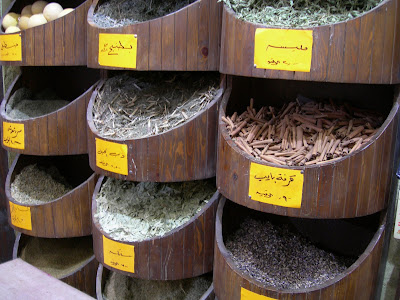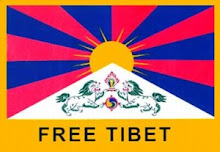
 «“Si hay algo especial en Venezuela es que en cualquier reunión aparece un cuatro o una guitarra, alguna tía con talento musical comienza a cantar, las primas le hacen coro, el amigo del amigo toca las maracas, se improvisa, se cuentan anécdotas, chistes, y se forma un alboroto hasta que “el cuerpo aguante”… De este ambiente festivo y alegre está impregnado el disco Trío Acústico Venezolano. Nuestra fiesta es particularmente especial, ya que nos visitan nada más y nada menos que Neguito, Cecilia, Ricardo, Rafael y Víctor Hugo, además de Mayren y Maryann, las talentosas niñas de nuestro Agustín. Ésta no es una fiesta cualquiera, sino una ¡tremenda fiesta!» (Huáscar Barradas, from the artist’s official site)
«“Si hay algo especial en Venezuela es que en cualquier reunión aparece un cuatro o una guitarra, alguna tía con talento musical comienza a cantar, las primas le hacen coro, el amigo del amigo toca las maracas, se improvisa, se cuentan anécdotas, chistes, y se forma un alboroto hasta que “el cuerpo aguante”… De este ambiente festivo y alegre está impregnado el disco Trío Acústico Venezolano. Nuestra fiesta es particularmente especial, ya que nos visitan nada más y nada menos que Neguito, Cecilia, Ricardo, Rafael y Víctor Hugo, además de Mayren y Maryann, las talentosas niñas de nuestro Agustín. Ésta no es una fiesta cualquiera, sino una ¡tremenda fiesta!» (Huáscar Barradas, from the artist’s official site)  «Flutist Huáscar Barradas takes a decidedly spiritual tack to his profession. The Venezuelan virtuoso sees jazz as liberation, and music in general as an art that teaches children values beyond consumerism. For him improvisation is an opportunity to break free of standard musical systems and structures. Barradas knows well the dynamics of freedom and constraint. He began formal training at age nine, and at 17 decided to further his studies and move from his native Maracaibo to New York. There he attended the Brooklyn Conservatory. It was the beginning of a versatile career for a musician who easily performs in virtually any musical stream. Barradas is equally comfortable playing symphonic music, chamber music, contemporary, folk, flamenco, and jazz. He looks at the similarities of these forms and rarely expounds on their differences. He has performed extensively in Europe and the Americas, garnering acclaim from small enclaves of aficionados enamored with his sound, style, and spirit for the past two decades.» (Miami New Times)
«Flutist Huáscar Barradas takes a decidedly spiritual tack to his profession. The Venezuelan virtuoso sees jazz as liberation, and music in general as an art that teaches children values beyond consumerism. For him improvisation is an opportunity to break free of standard musical systems and structures. Barradas knows well the dynamics of freedom and constraint. He began formal training at age nine, and at 17 decided to further his studies and move from his native Maracaibo to New York. There he attended the Brooklyn Conservatory. It was the beginning of a versatile career for a musician who easily performs in virtually any musical stream. Barradas is equally comfortable playing symphonic music, chamber music, contemporary, folk, flamenco, and jazz. He looks at the similarities of these forms and rarely expounds on their differences. He has performed extensively in Europe and the Americas, garnering acclaim from small enclaves of aficionados enamored with his sound, style, and spirit for the past two decades.» (Miami New Times)
Read also: Huascar Barradas – The Magical Flautist
Link in comments












































